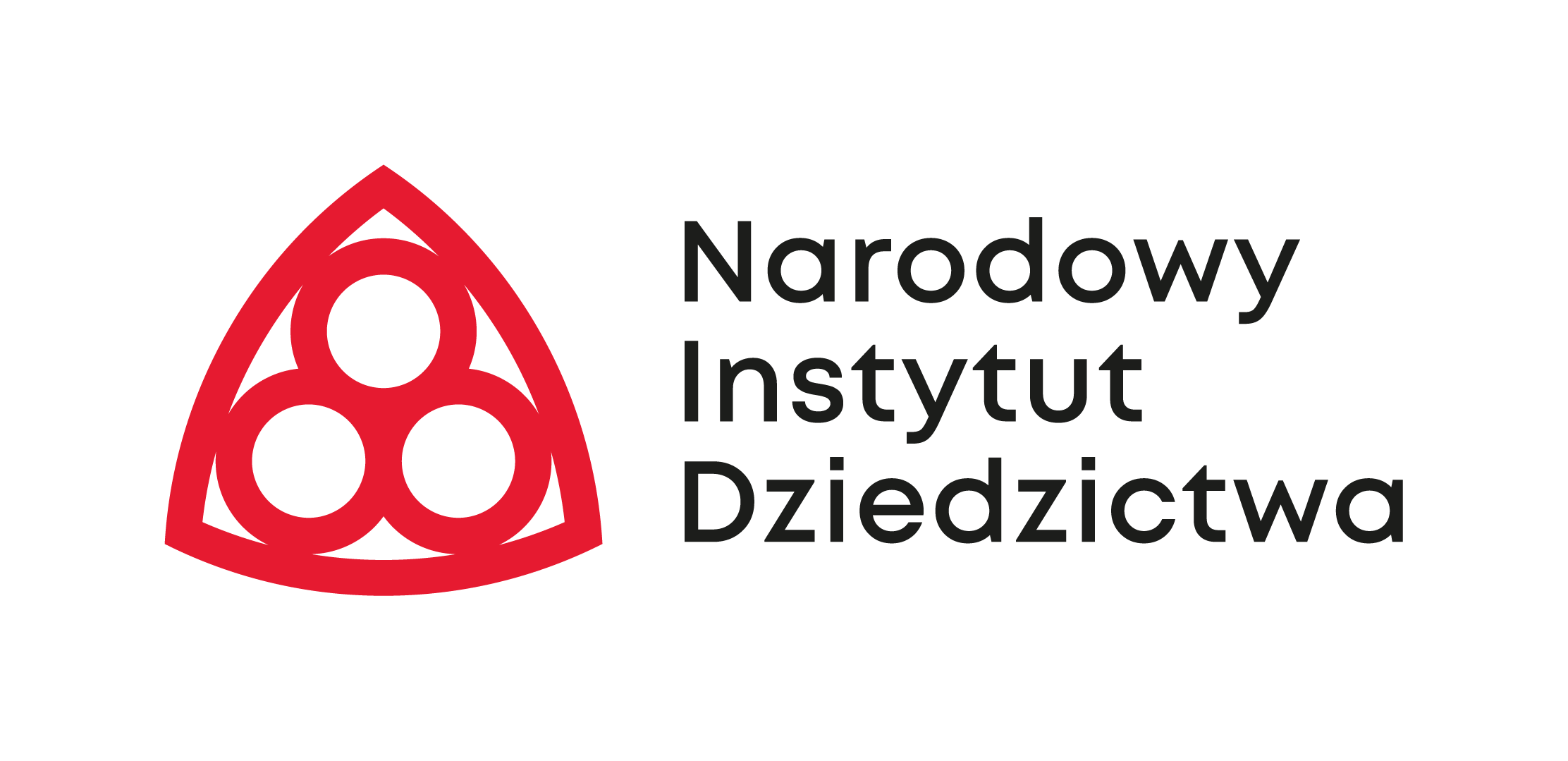Wooden Tserkvas of the Carpathian Region in Poland and Ukraine
The sixteen wooden tserkvas are a unique example of a group of mortise and tenon (log) structure buildings representing a crucial period in the Carpathian region’s history of architecture. Their architectural forms comply with the Eastern Orthodox Church liturgy requirements and the local communities’ cultural traditions, which evolved in isolation due to the mountainous terrain. The churches’ architectural forms, structures, decoration, and furnishings reflect their stylistic and formal transformations from the 16th to the 19th century. They present distinct types of wooden tserkva architecture: Hutsul – in the south-eastern Ukrainian Carpathian region (Yasinya); Halych – in the northern part of the Carpathians, on both sides of the Polish-Ukrainian border (Chotyniec, Drohobych, Potelych, Radruż, Rohatyn, Zholkva); Boyko – near the border with Slovakia (Matkiv, Smolnik, Uzhok); and Lemko – in the Polish Western Carpathians (Brunary Wyżne, Owczary, Kwiatoń, Powroźnik, Turzańsk).
Logotypy NID
Pobierz znaki promocyjne Narodowego Instytutu Dziedzictwa
Księgarnia NID
Sprawdź nasze produkty w księgarni. Zamawiaj bez wychodzenia z domu już teraz!
Platforma szkoleniowa
Zapisz się na naszą platformę e-szkoleniową i dowiedz się jak zarządzać dziedzictwem i wykorzystać jego potencjał.
